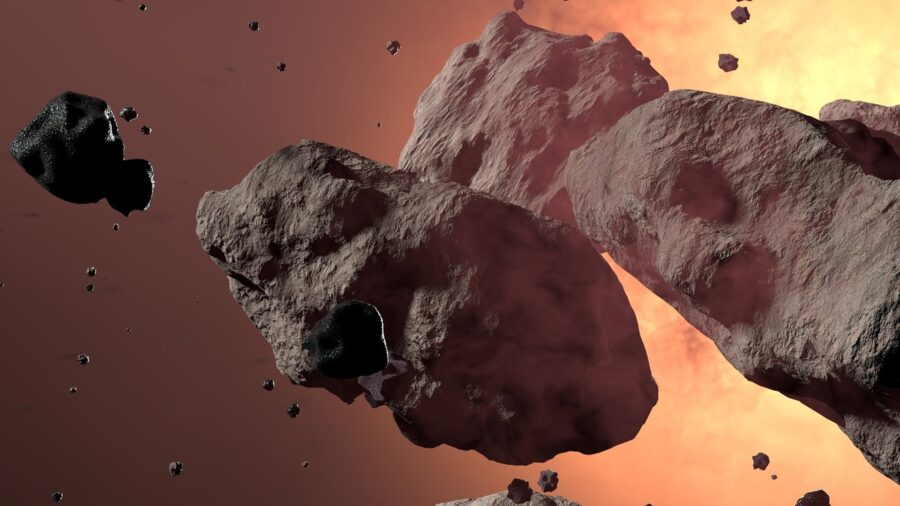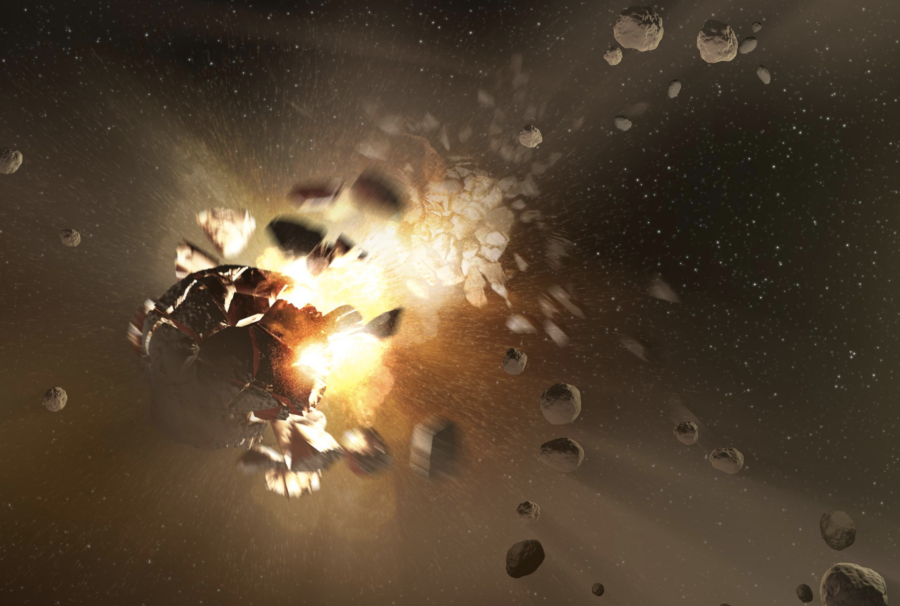Earth Just Gained An Amazing Tool To Fight Planet-Threatening Asteroids
Scientists continue to develop and build upon ngRADAR, radio wave technology that can detect life-threatening asteroids heading on a trajectory for Earth.

In terms of science and technology, we’ve come a very long way since Asteroids debuted on Atari in 1979. While we’re not quite at the point of vaporizing a belt of Earth-killing asteroids from a manned ship with a joystick and a couple trusty buttons, a recent article in Scientific American talks about new ngRADAR technology that will certainly help us detect any asteroids that have planet Earth in their trajectory from startling distances. So what does that mean in the grand scheme of things? And what is ngRADAR?
A team of scientists in West Virginia took inspiration from radar guns used by law enforcement and baseball teams alike and applied their inspiration to detecting the speed of asteroids from incredible distances with the Green Bank Telescope. This system of ngRADAR (or next-generation radar) uses a higher frequency of radio waves to detect movement of these potentially Earth-threatening rock formations, not unlike the recent meteor explosion over McAllen, Texas. While ngRADAR technology is a far cry from the alien-spotting telescope NASA is currently developing, we’re still making the right steps toward progress.
This all may sound like the works of a science fiction film to be, but this is real technology being developed, and how it works is quite ingenious. The Green Bank Telescope is used as a massive antenna and uses myriad radio telescopes across the continent as a receiver, giving the entire project range to detect asteroids across the entirety of the solar system from the vantage point of Earth. For some perspective on how much reach that actually means, the Scientific American article states that the team successfully detected an asteroid “five times farther away than the moon using less power than a microwave oven.”
Detection is just part of the equation, however. There’s not much we can do with the revelation that a giant asteroid is heading toward Earth if we don’t then have a second line of defense to actually neutralize the threat. You know the saying, “prevention is the best form of treatment,” so what are the next steps?

There’s no way we can assemble a team of drillers to blow up an asteroid from the inside, a la Armageddon, but there is a more practical approach to consider. Detecting an asteroid from a safe distance allows scientists to work on the next steps to neutralize the threat of an Earth impact by diverting a celestial body from its current path. How do we do that, you ask?
NASA has already successfully tested this by launching its DART probe into an asteroid, altering its trajectory, and throwing it into a new orbit.
While asteroids are certainly a threat to our life and well-being on planet Earth, we’re not quite ready to blow the doomsday whistle, as no imminent threats to life as we know it is known to us at this time. However, failure to prepare is otherwise known as preparing to fail, and it’s better to be proactive than it is to be reactive. We’re seeing a lot of pragmatism in the field of celestial science that can keep our minds at ease as scientists monitor the skies above us, thanks to the new and continually developing ngRADAR.












